
Lausanne presents a living history of the Olympics
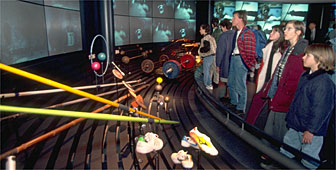
At Sydney, the modern Olympic Games entered their third century. The games have often been a mirror of the times, and there's no better place to relive sporting history than at the Olympic Museum in Lausanne.
It’s easy to find inspiration simply by entering the grounds of the Olympic Museum on the shores of Lake Geneva. A winding path, measuring 1,363 Greek feet – the exact length of an Olympic stadium – rises slowly to the museum building, past fountains, streams and sculptures.
The sculptures include the “swimmer” – a rough blue wave washing over a white face – and “non-violence”, an oversized replica of a handgun with its barrel tied in a knot.
But the one that epitomises the ideals of the Olympics is “Citius, Altius, Fortius” (faster, higher, stronger), a mechanised giant torso that breaks apart into six pivoting sections.
“Citius, Altius, Fortius” is the Olympic motto conceived by the founder of the modern games, Pierre de Coubertin. De Coubertin chose Lausanne as the home of the International Olympic Committee during the First World War because of Switzerland’s neutral status.
The Frenchman was also inspired by the location. He wrote: “Tonight when the light of the setting sun will bring enchantment to the horizon, the illusion will be still more complete. Liquid gold will fall from the sky onto the water and the headlands will take on those rich violet hues which at nightfall in the eastern Mediterranean seem to be a late reflection of Byzantine opulence.”
Inside the building, video screens reflect past Olympic glories. Some screens stretch from floor to ceiling while smaller monitors flicker for attention between collections of Olympic memorabilia.
A corner dedicated to de Coubertin and the ancient games has appropriately been spared the encumbrances of modern technology. Here, ancient Greek amphorae depict athletes preparing to throw the discus or javelin. They stand in glass cases opposite sporting equipment used by de Coubertin himself.
The founder of the modern games was an avid fencer, boxer and cyclist. Photographs, quotes, and a reconstruction of his office attempt to convey his belief that sport is a basic ingredient in shaping an individual.
It was this belief that led to the rebirth of the games in 1896. Beyond the de Coubertin exhibit, the museum pays homage to this ideal. Videos show athletes training, competing and celebrating their victories.
On the second floor, highlights of the modern games are relayed on giant screens divided into dozens of images. A look to the left and it’s 1924 with swimming sensation, Johnny Weissmuller, winning gold; straight ahead, Mark Spitz is doing the same almost 50 years later.
Notably absent from the displays is any mention of the scandals, political controversies, and tragedies that have plagued the modern games.
The visitor is left in ignorance of the recent doping or boycott scandals, as well as Hitler’s failed attempt in 1936 to use the games to demonstrate the supposed supremacy of the Aryan race. Even the killing of Israeli athletes by Palestinian terrorists in 1972 goes unmentioned.
The museum’s strength lies in its depictions of sport, and how it has developed and been a mirror of technological innovation. A bamboo pole vault, used until the 1940s, takes its place beside one made of aluminium and another of fibreglass.
In the Winter Olympics area, there’s an aerodynamically shaped and appropriately named “egg helmet”, used by an athlete in the two-man luge competition in Innsbruck in 1976. It was deemed unsafe and banned after the games.
The multiple gold medal winner, Carl Lewis, donated three pairs of track shoes to the museum. Weighing a mere 115 grammes each, they were pre-destined for either the rubbish bin or the museum since they were made to last only one or two races.
It goes without saying that such a museum based in Switzerland would include a display on timekeeping. While the starter’s pistol hasn’t changed much through the decades, the timepieces have evolved from panels of mechanically activated stopwatches to computers.
Outside the museum, the Olympic anthem plays over loudspeakers beside the Olympic fire. A plaque reads: “The Olympic fire brightens the world.” Close by, the sculpture of the giant torso, “Citius, Altius, Fortius”, comes apart again and pivots.
De Coubertin said: “Sport should be seen as producing art and as a pretext for art. It creates beauty because it engenders the athlete, who is a living sculpture. It is a pretext for beauty thanks to the buildings consecrated to sport and the spectacles and festivals to which it gives rise.”
by Dale Bechtel

In compliance with the JTI standards
More: SWI swissinfo.ch certified by the Journalism Trust Initiative





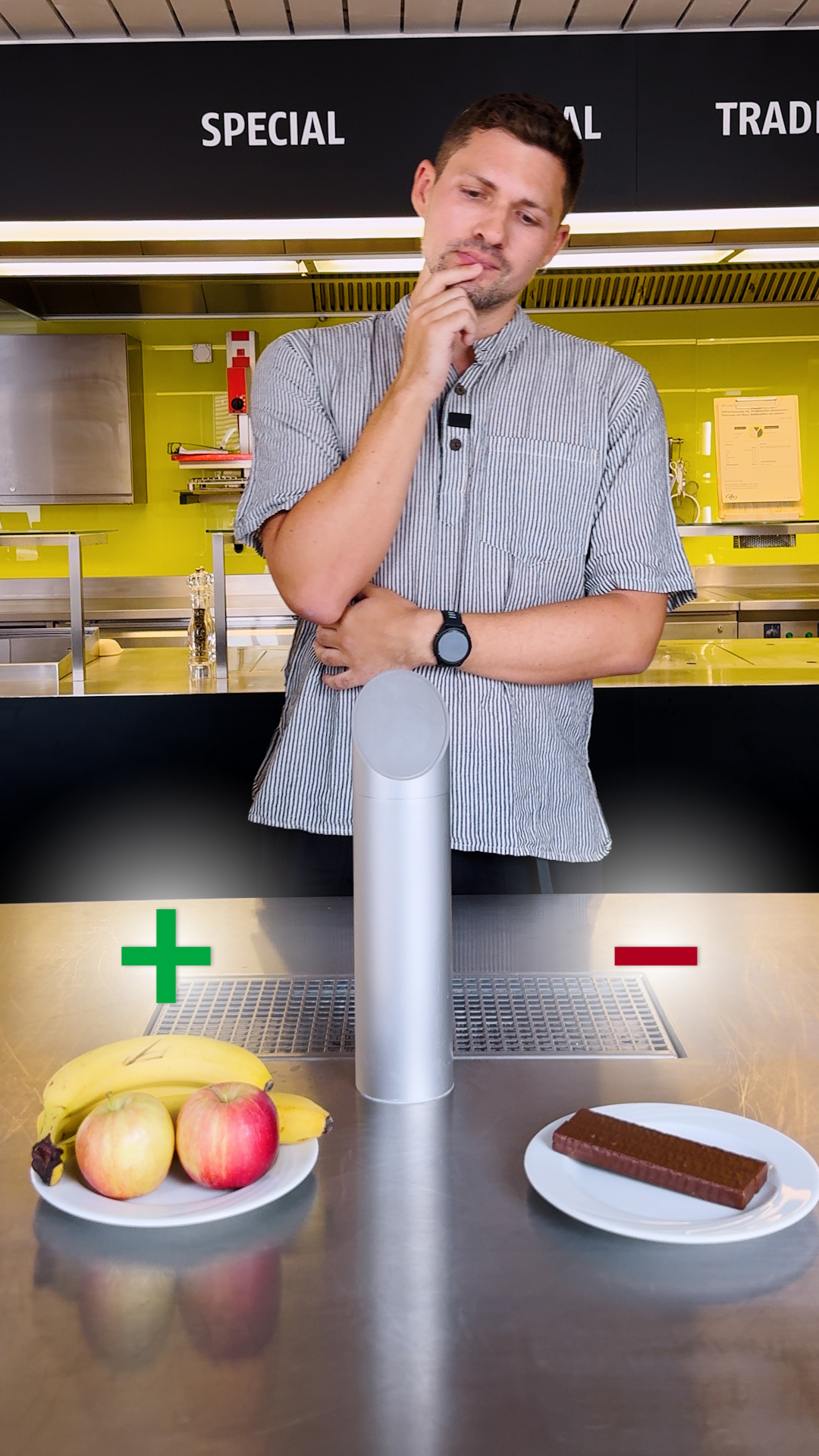
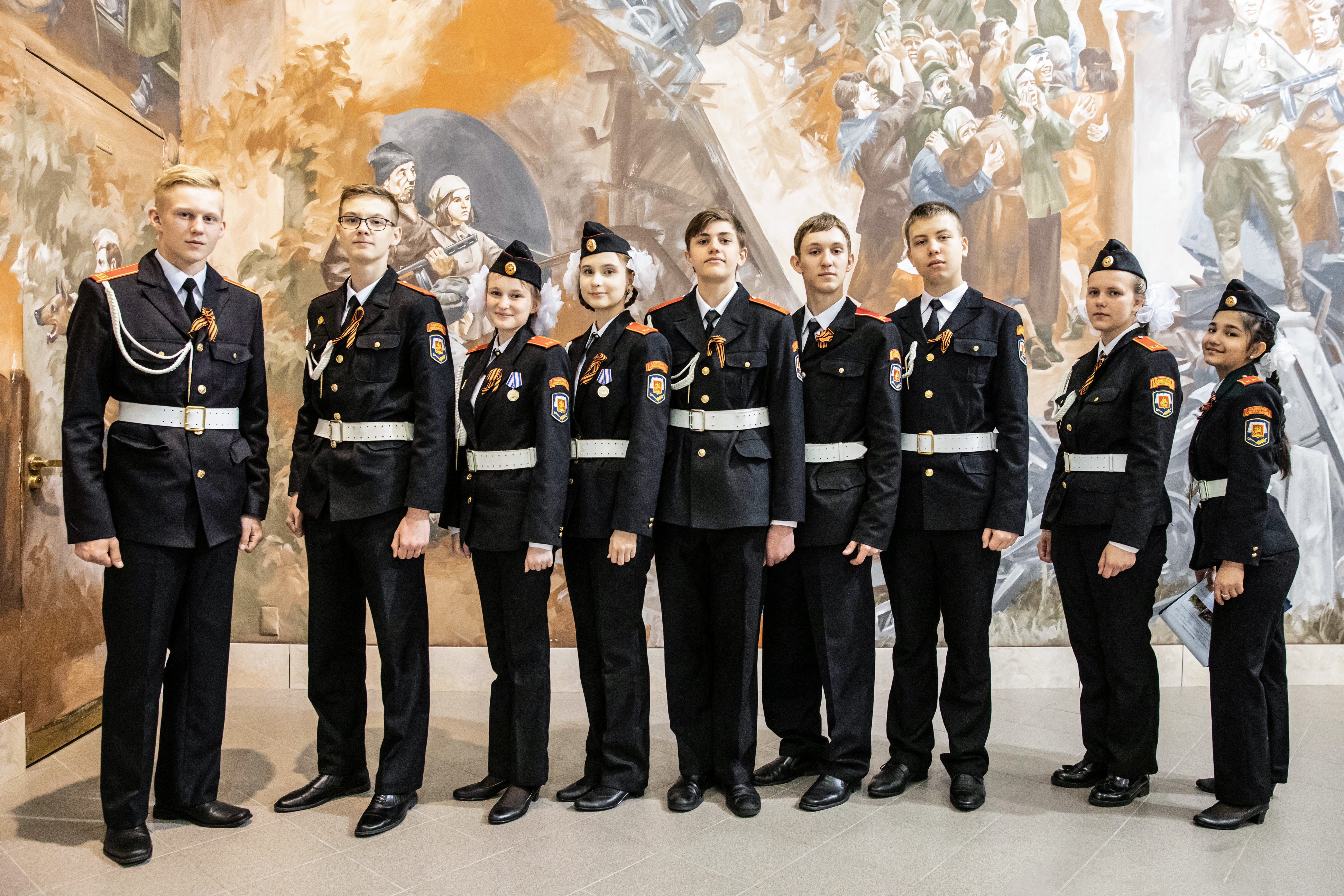
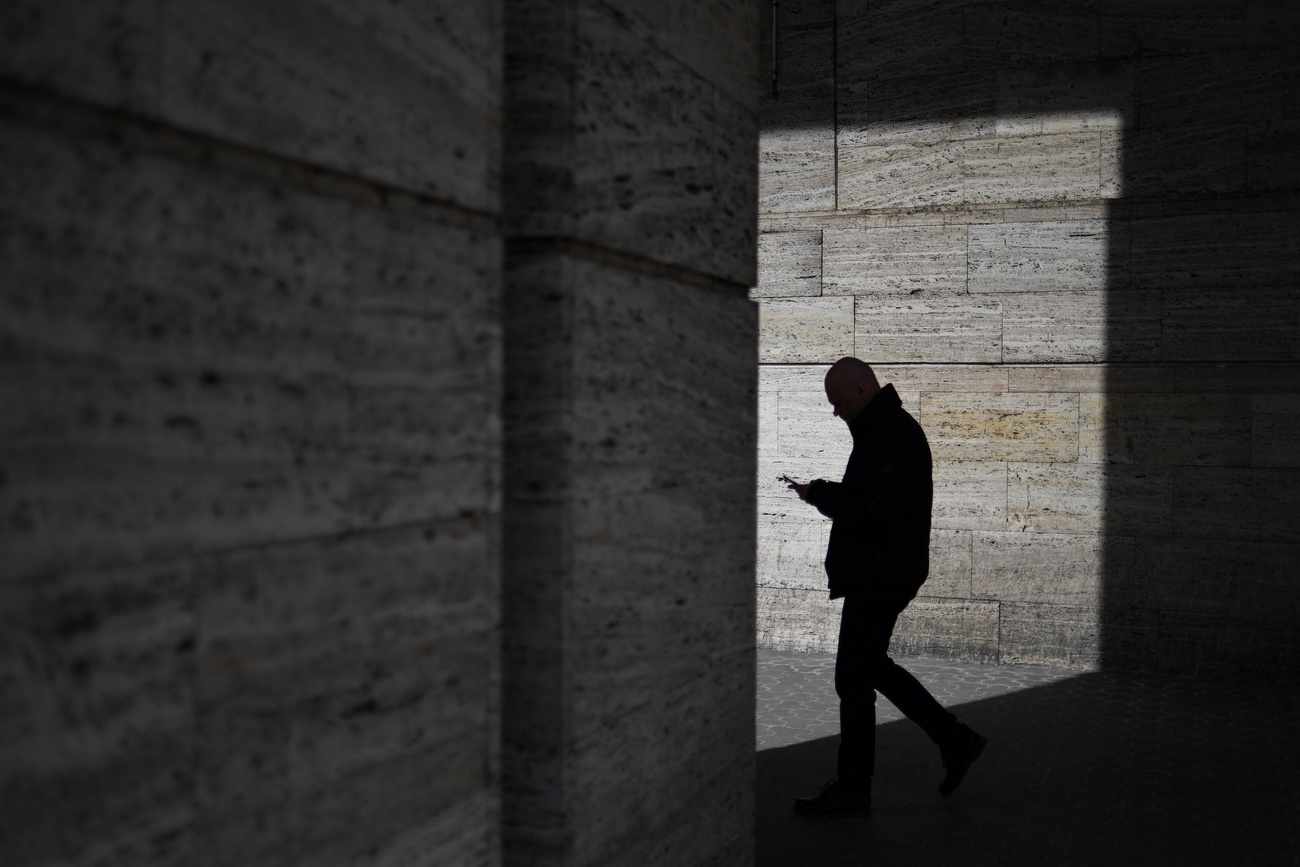





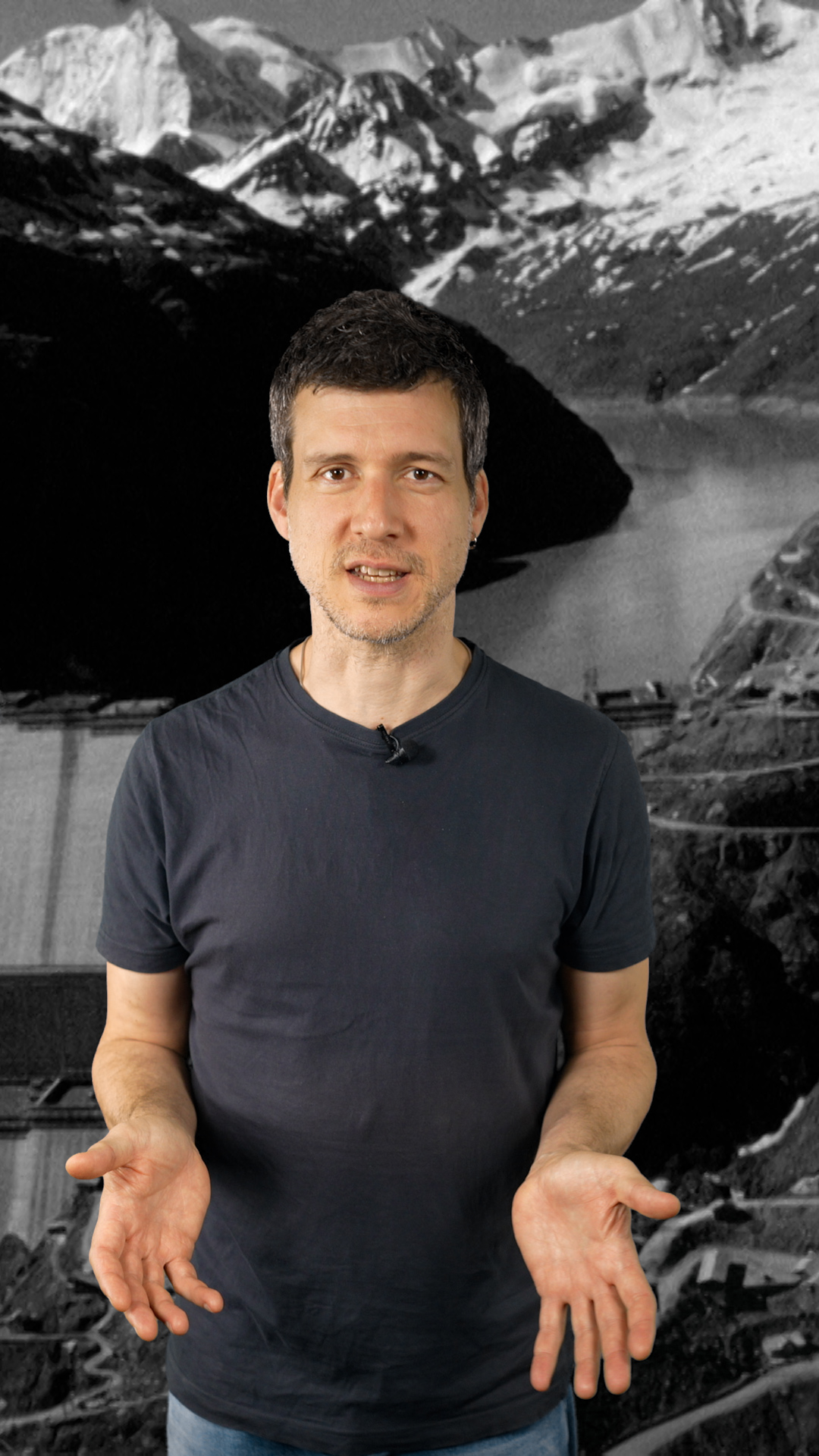


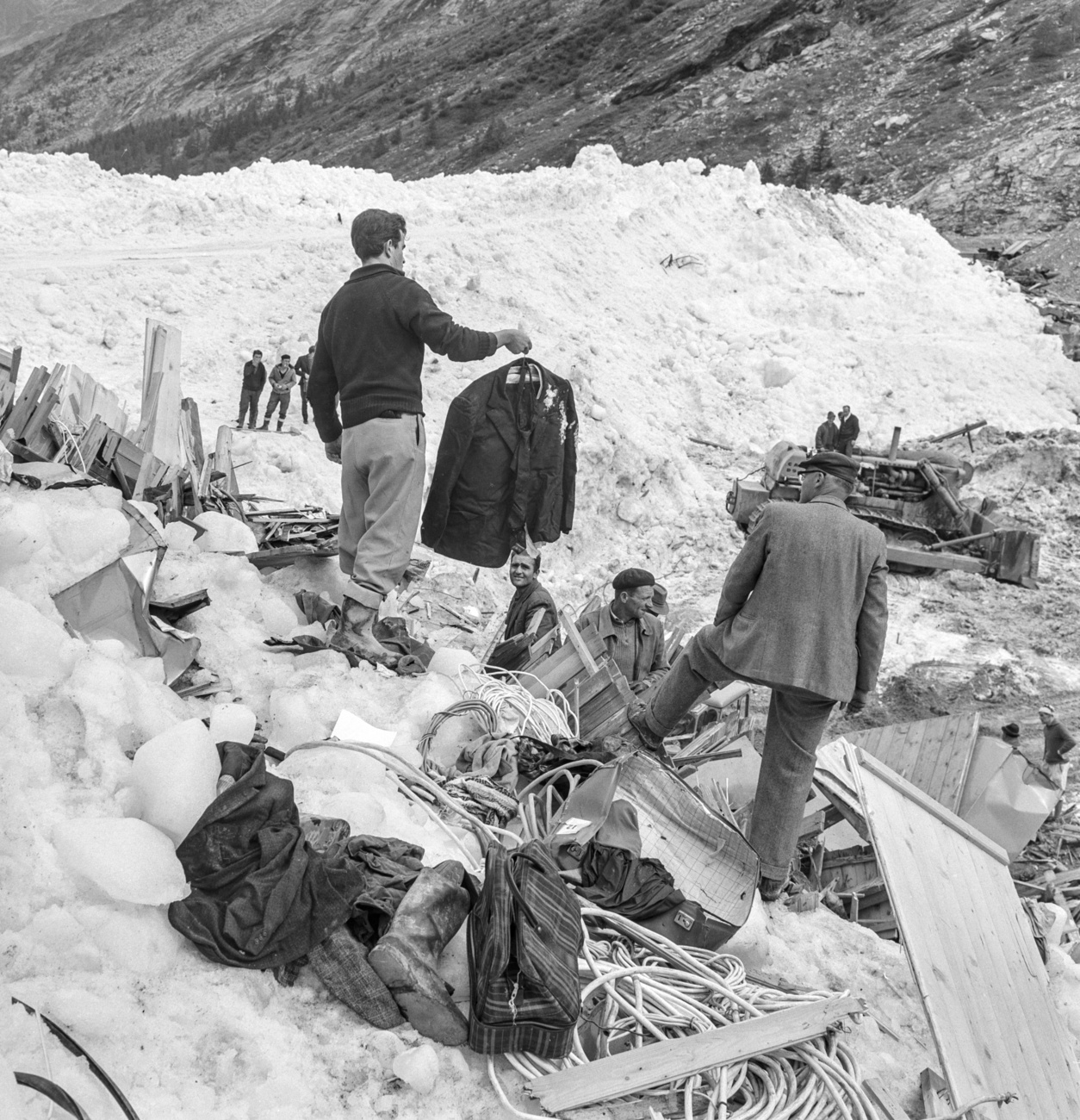


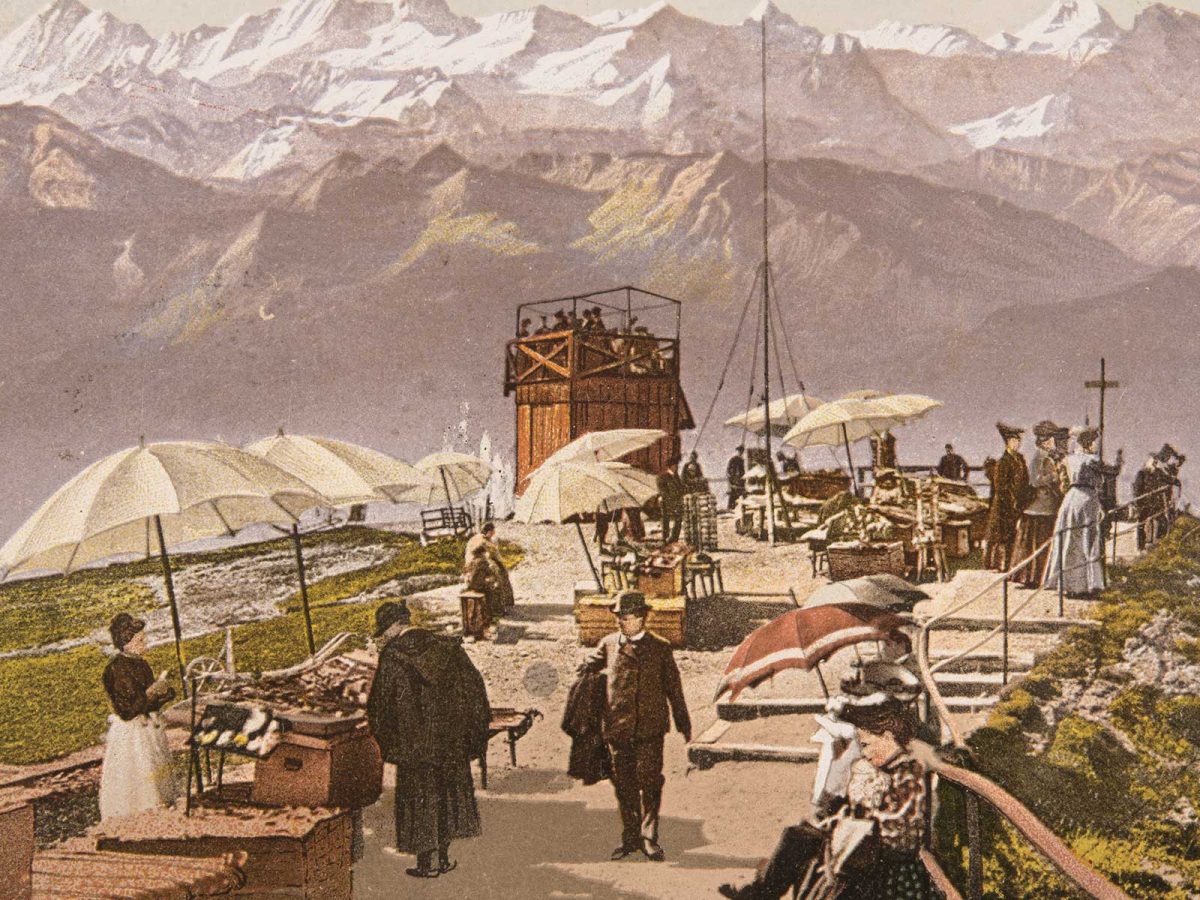










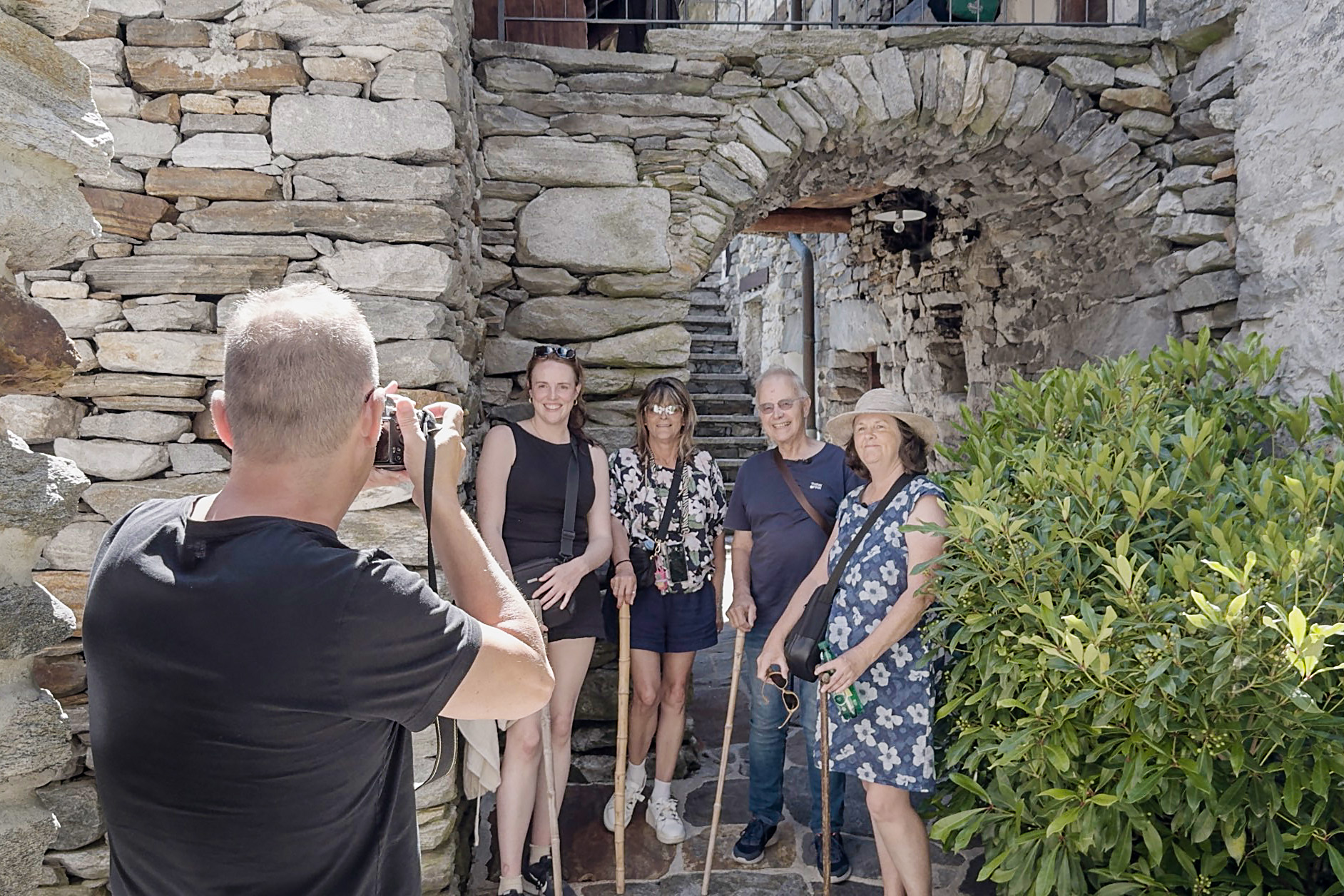










You can find an overview of ongoing debates with our journalists here . Please join us!
If you want to start a conversation about a topic raised in this article or want to report factual errors, email us at english@swissinfo.ch.